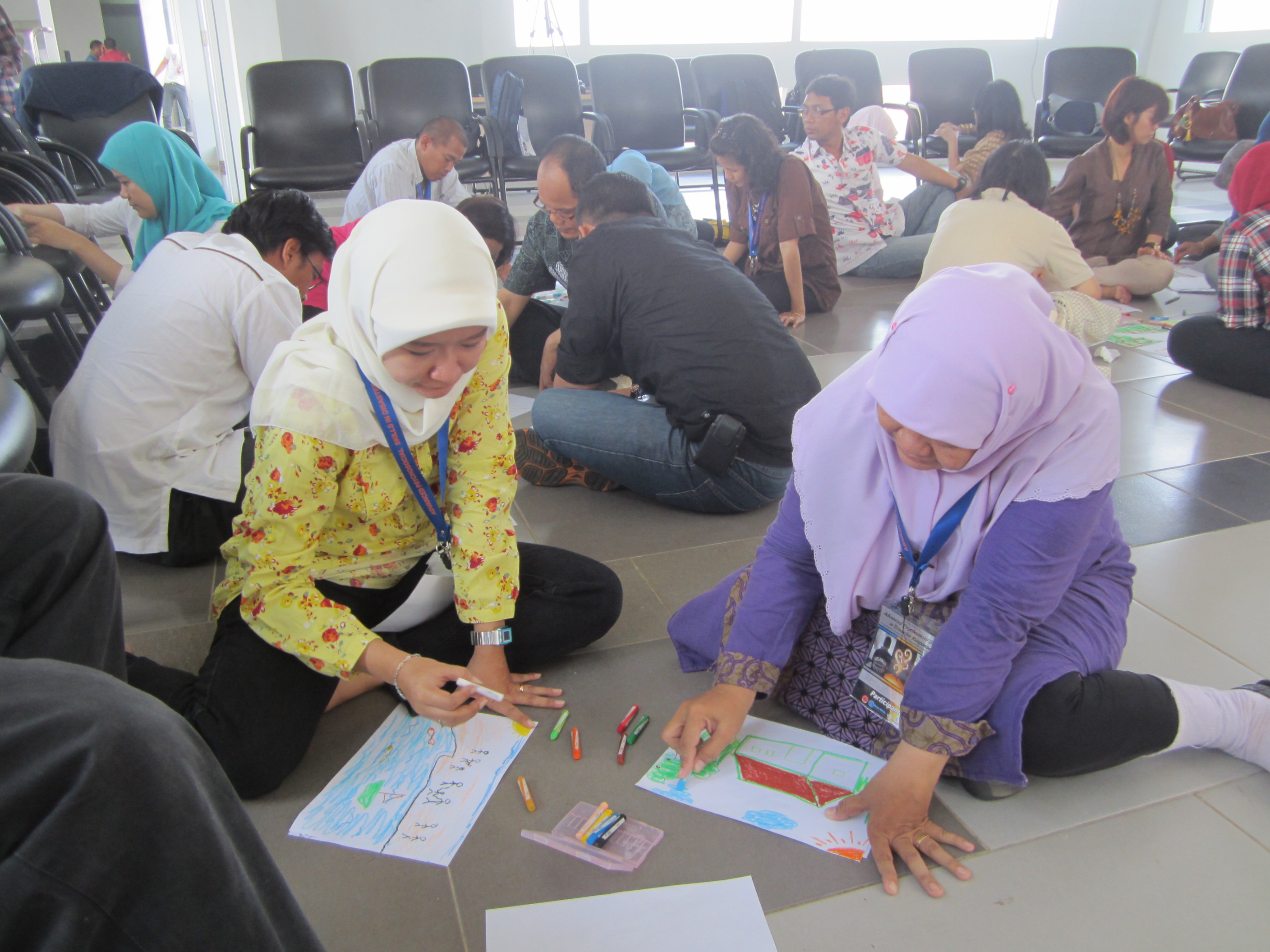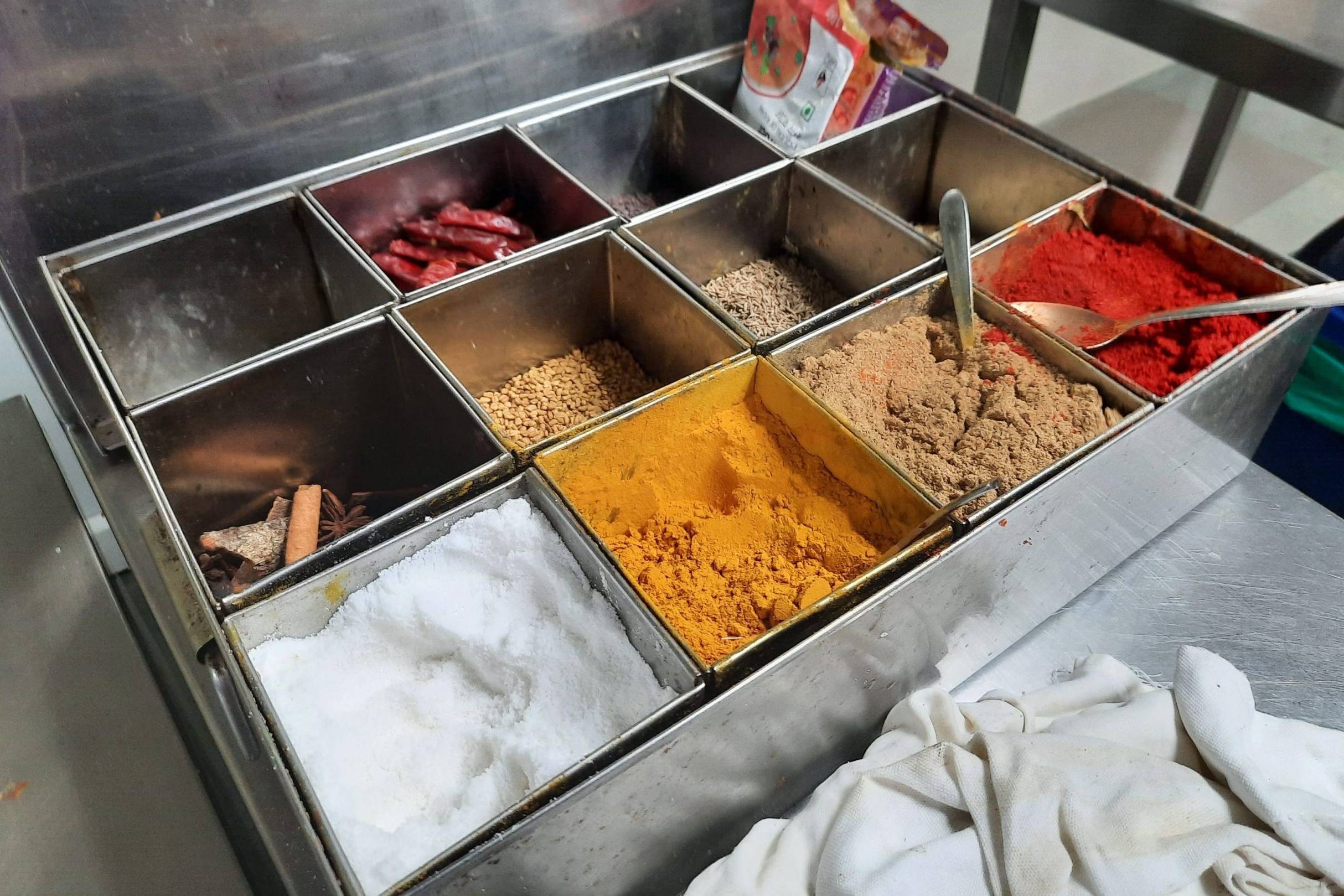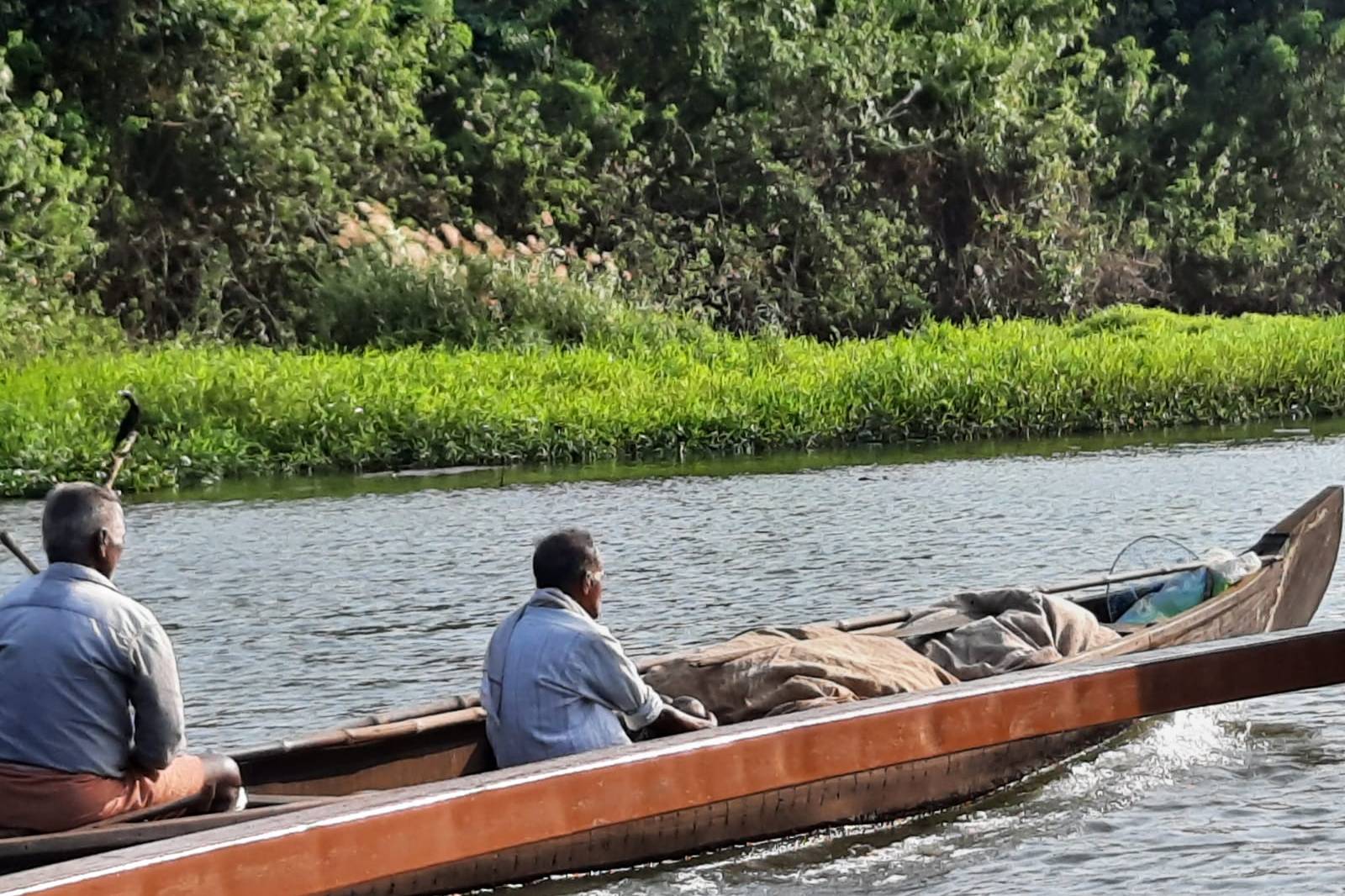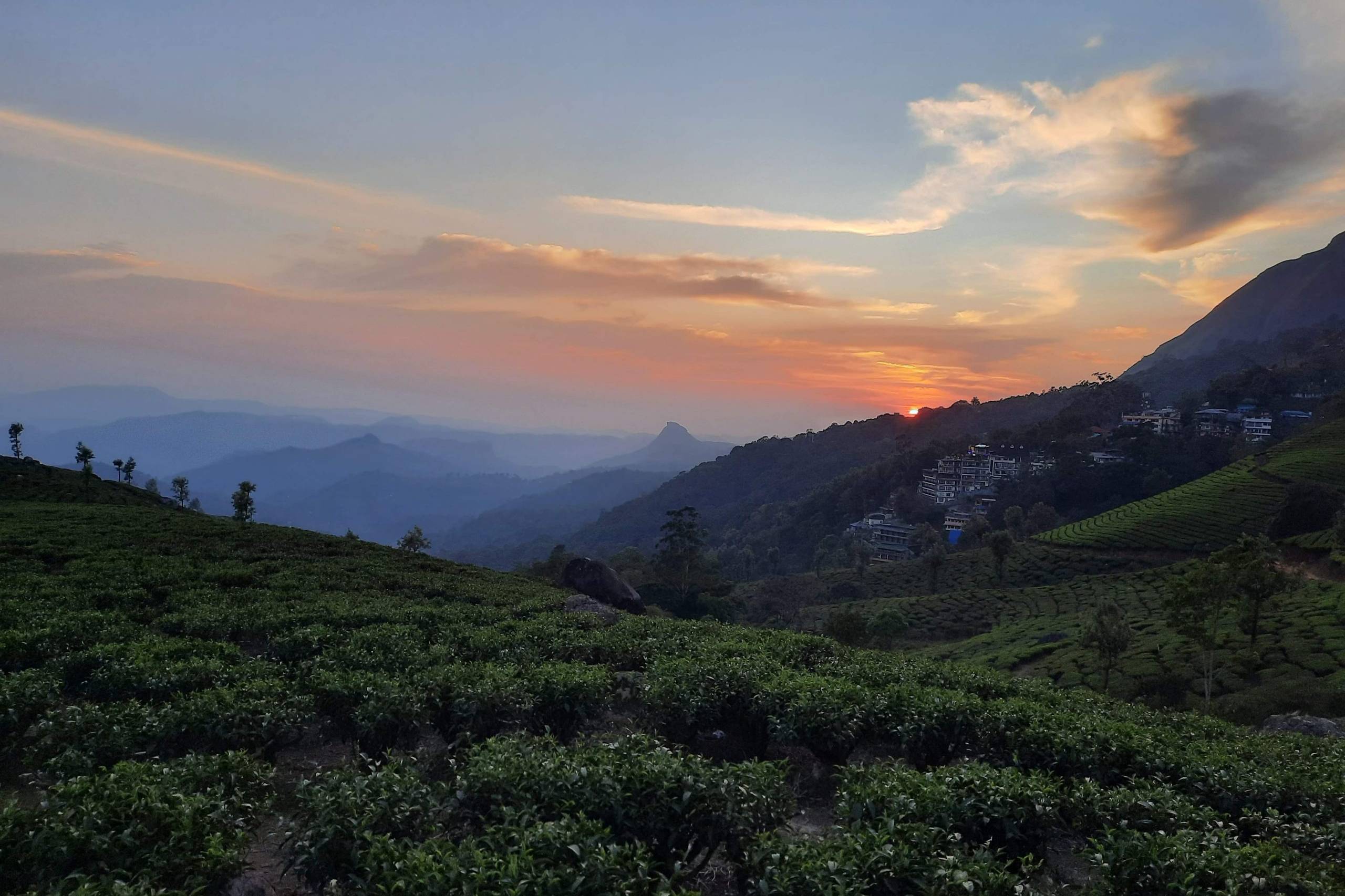Technically this was anything but slow travel. At the last minute I was asked to join a delegation to teach a seminar in psycho social interventions after disaster in Jakarta, Indonesia. How could I refuse? I, who have never been farther east than Amman, Jordan, was offered a chance to take a peak at the great East for one week. I knew at the start that I would have little opportunity for sight seeing, and slow travel would be a non-existent commodity. Urban landscapes was what was on offer, along with the jet set age and a week of intense teaching about trauma and resilience. Yet I agreed feeling the pull of the road, the spirit of adventure and the opportunity to meet a new culture and way of life. I was also pleased to be meeting with a group comprised largely of mental health professionals from the Crisis Center at the University of Indonesia, teaching them about resilience and learning from them how they meet the challenges of frequent natural disasters such as volcanic eruptions and earthquakes as well as ethnic and religious violence.
So while I did not see much of the traditional sightseer’s delights, I did get a peek of life in Jakarta, a simmering city of over seventeen million residents by day and around ten to twelve million after sun down. As you can imagine, a city of that size is plagued by traffic jams, and many life decisions are dictated by that. The hotel we stayed at, for example, was in the middle of nowhere with little to do after hours, however the reason it was chosen was to avoid hour long traffic jams going to and from the seminar location in the beautiful new library at the University of Indonesia. Motorcycles are the preferred mode of transportation as the drivers can weave in and out of traffic. At a red light it is not uncommon to see one hundred or more motorcycles waiting for the light to turn green.
Indonesia is indeed a tropical country with lush vegetation, due to copious amounts of rainfall and equatorial climate (read: hot and humid!). Upon arriving at the airport one is greeted by lovely gardens and greenery surrounding the departure gates giving no indication of the bleak urban landscape that lies beyond.
After making our way through moderate traffic- it took only one hour instead of the expected two to three hours predicted by our hosts, we arrived at the campus of the University of Indonesia where we spent most of our waking hours over the next five days. The university is home to 60,000 students, and has a lovely campus with both older traditional buildings, like the psychology department, and newer ones like the library.
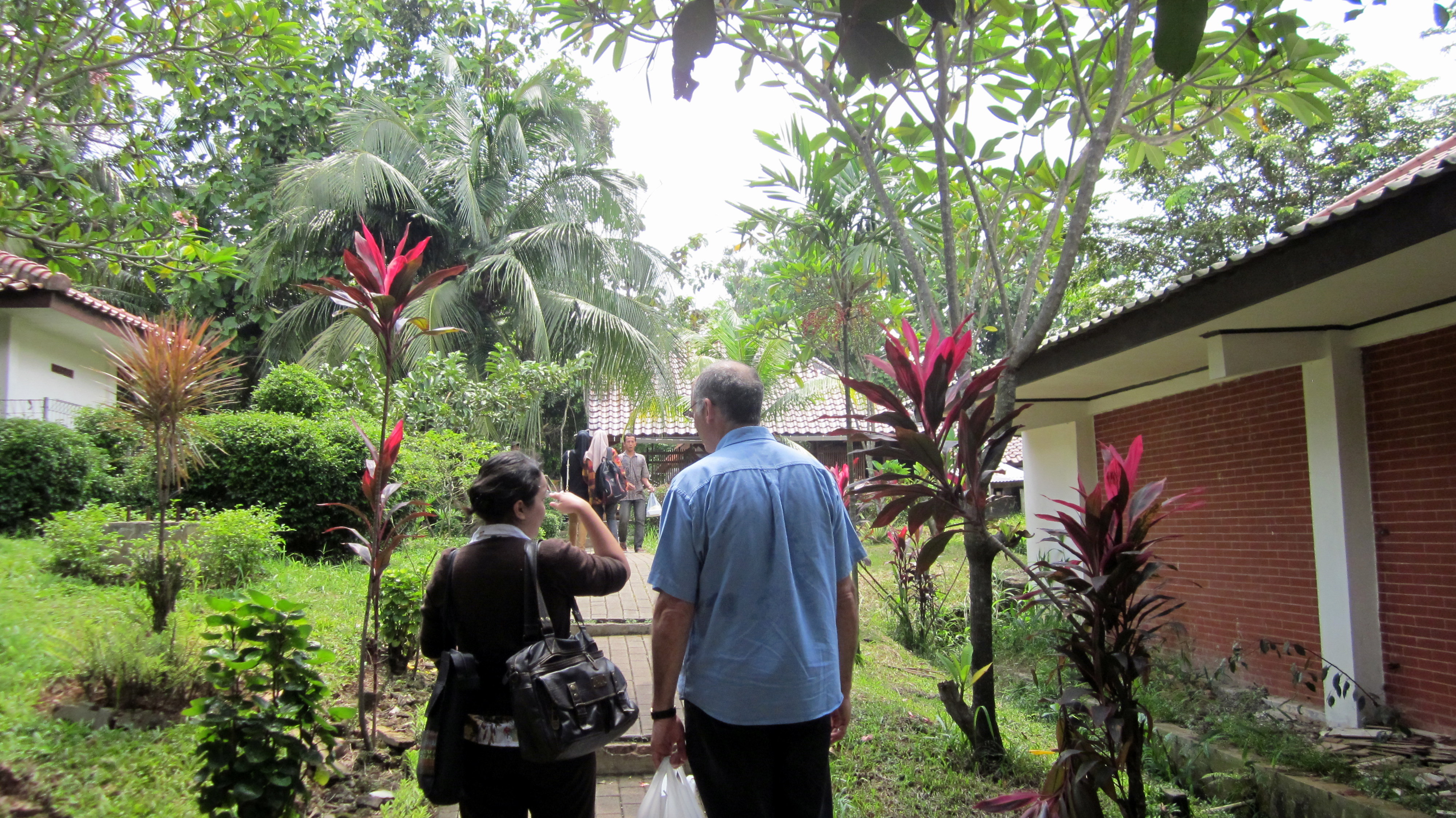
The library has been built with environmental sensitivity, so that half of the building is without windows and essentially is built into the mountain. This is to reduce air conditioning costs which must be enormous, as the equatorial climate is hot and humid year round. The weather while we were here hovered around 34 degrees with incredibly high humidity. There were frequent rain showers which did nothing to cool things off, but rather just added to the steamy, sticky atmosphere.
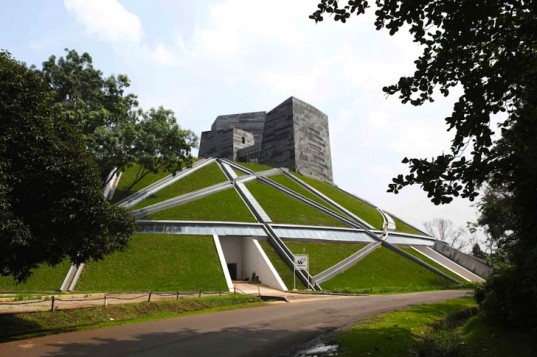
The workshop, run by the JDC, who is trying to build bridges to more moderate Moslem communities worldwide, and is joined in this particular venture by the USAID, offered an opportunity to begin to meet the people of Indonesia, and get a tiny peek at understanding the diversity of ethnic groups, religions, geography, culture and language that make up this country called Indonesia. It may be more accurate to consider Indonesia as a patchwork quilt of several major islands, many smaller ones (close to 18,000 in all) with over three hundred active languages and 500 ethnic groups. While the major religion practiced is Islam, with 95% of the people considering themselves followers of Mohammad, their form of Islam for the most part is quite moderate, and incorporates many of the former Hindu and Buddhist practices into it. Many, but not all women cover their head in the Islamic tradition. Intermarriage appears to be fairly widespread, however not without its difficulties. There have been several pockets of religious and ethnic violence over the years, although recently natural disasters have overtaken the internal strife, bringing people together to work at the common goal of restoration after destruction.
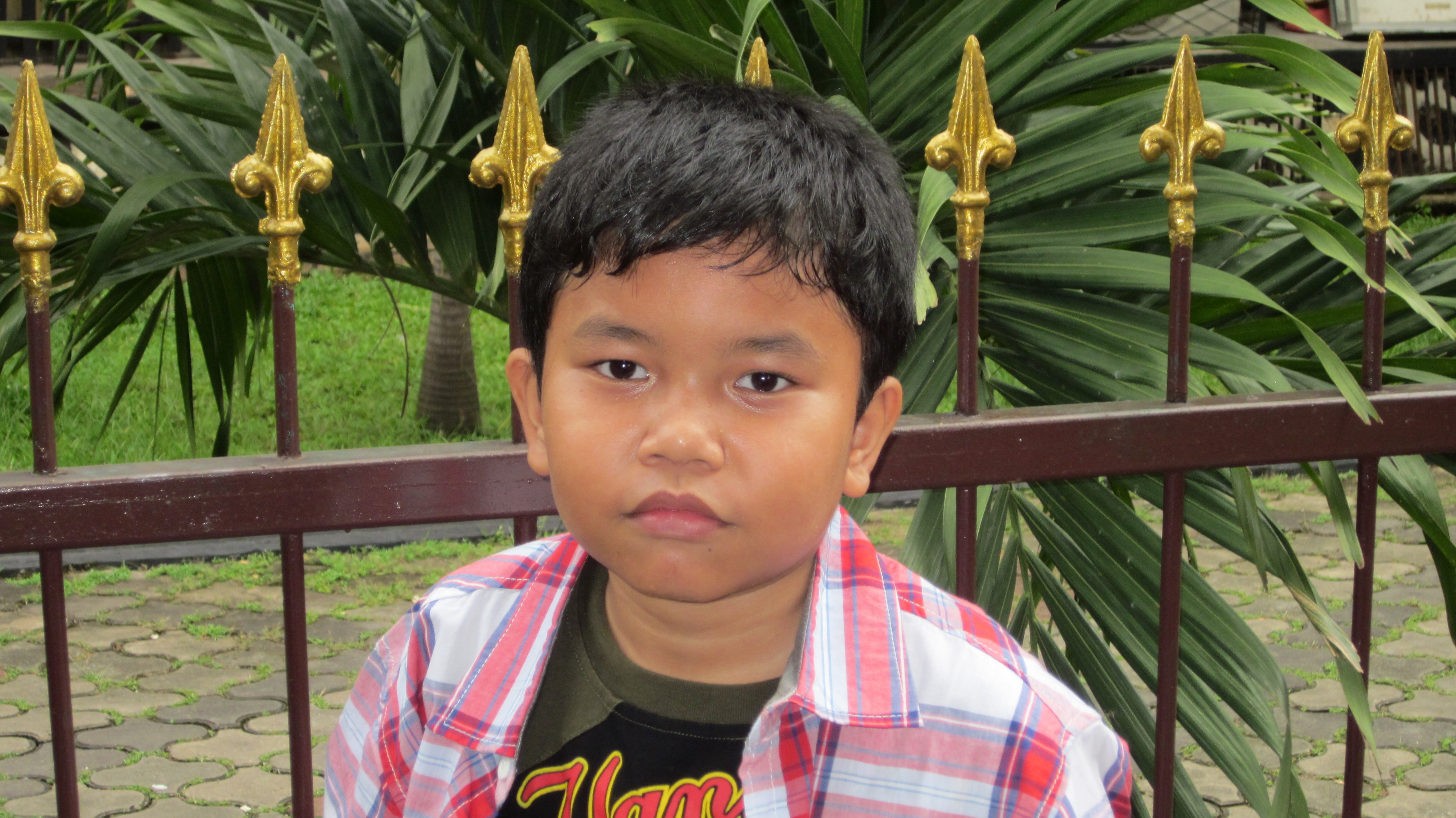
Our seminar was held in Jakarta, the capital city on the island of Java. This is not the largest island, but it is relatively central. People in our seminar came from a variety of islands, and ethnic groups, and are proud to be identified with where their mother or father have come from. Bahasa is the common language, created so that the people of this diverse country could talk to each other. From my understanding it is a simple, colloquial language, perhaps similar to Yiddish, in the sense that it is based on several of the local languages. Most people will speak Bahasa, their local ethnic language, English, and perhaps one or two other languages as well.
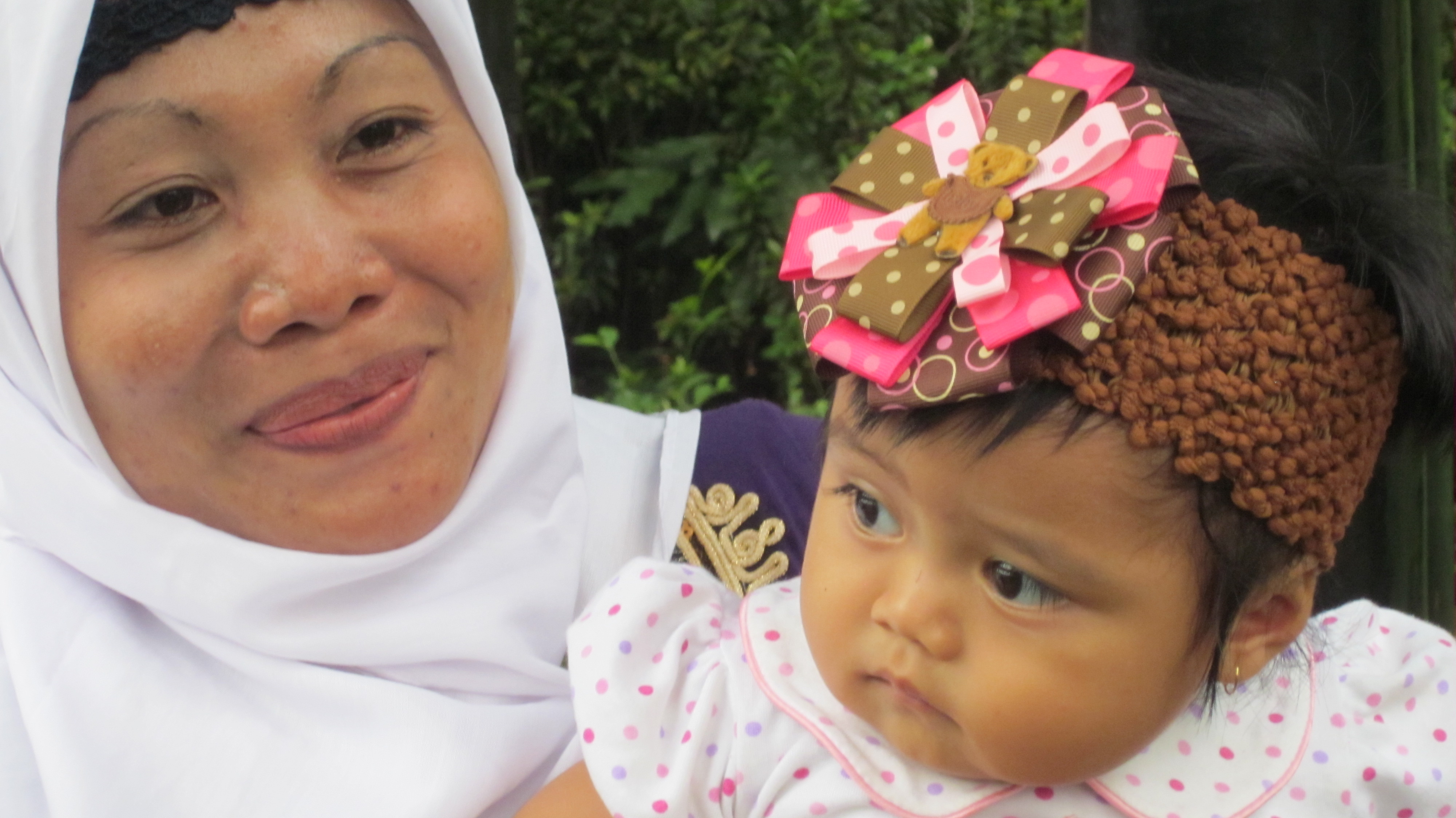
One of the dominant pictures for me was the contrast between the lush green pockets, to be found in places like the University and the Mini-Indonesia we visited, and the huge urban sprawl, reminiscent of other third world countries such as Haiti and Bangkok. The traffic, the smog, the huge air conditioned shopping centers for the rich, the hovels for the poor. A world of contrasts, and a world of transitions. Hopefully, the next time I make it over this way I will be able to indulge my passions of slow travel, leaving urban sprawl far behind.

